My wife and I recently went on a 12-stop tour of Japan, over a span of 15 or so days. This long-awaited trip acted as a “homecoming” of sorts, with both of us having lived in Japan nearly a decade ago. It was about visiting and re-visiting places that were both new and familiar to us. Because we were fortunate enough to have already seen some of Japan’s most famous sights, this was a chance to journey a little off-the-beaten-tourist-path this time around.

My fascination with maps is partly to blame for our stuffed itinerary; Japan has 47 prefectures spread out over 4 main islands—Honshu (where Tokyo, Osaka and Kyoto are located), Kyushu, Shikoku and Hokkaido—and the completist in me feels an irrational need to visit all of them at least once! I have to admit that most of our trip is now a blur—if it weren’t for the 3,500+ photos I took with my cameras (not counting the snapshots I took with my phone), it would probably all remain a blur.

Here are some of the highlights of our trip:
Hida: a slice of the countryside
Our first stop, after arriving in Tokyo the night before, was Kanazawa in Ishikawa Prefecture. With only an afternoon to spare, we visited the famous Higashi Chaya District, a well-preserved area lined with chaya (teahouses), dating back to the Edo period (1600-1860s) in Japan’s history.
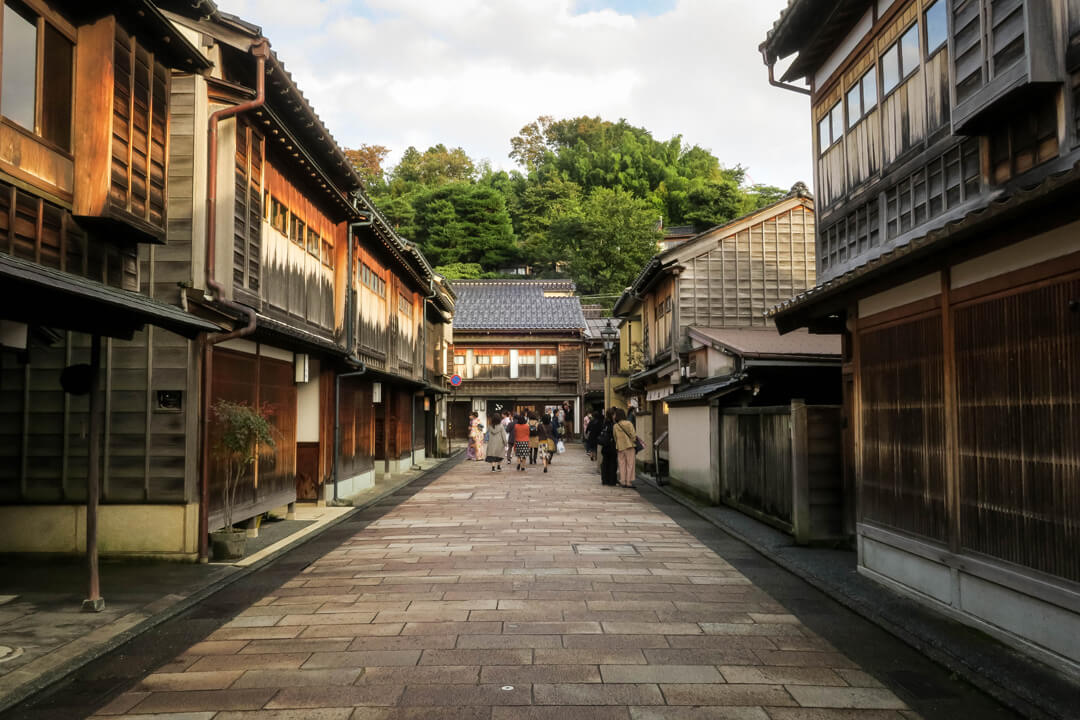
Next, we headed to Hida-Takayama in Gifu Prefecture, which served as our base for a few days. Like the previous stop, Takayama is a city famous for preserving its traditional atmosphere, tucked away in the mountains of the naturally picturesque Hida region. In the Hida countryside, you’ll find many traces of the old world mindfully ingrained in daily rural life, in contrast to the modern chaos of sprawling urban centres like Tokyo, Osaka or Nagoya.

The main reason we were visiting that part of Japan was to stop by the town of Hida-Furukawa, a special place I called home for a couple of years. Although most of our time there was spent catching up with a few familiar faces, we dedicated an entire day to exploring Furukawa by bike and on foot. We were lucky enough to have evaded the typhoons that devastated parts of Japan just weeks before, but it was also the only day in our entire trip when it rained hard! This gave the surrounding mountains a very dreamlike feel.
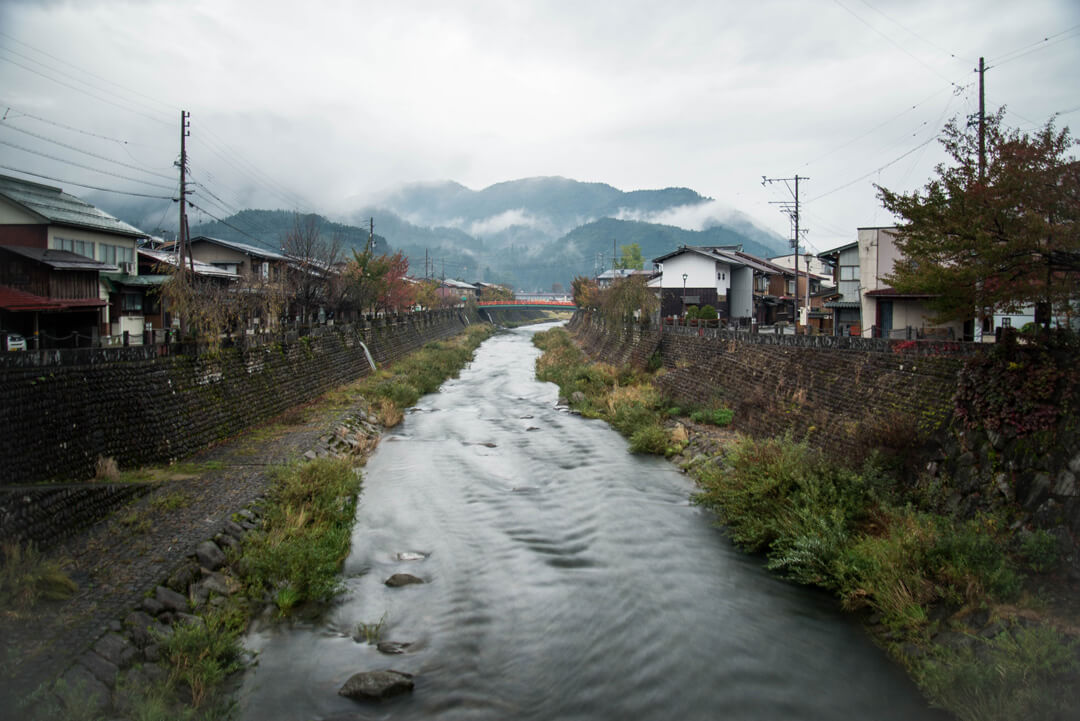
Visiting the art islands of the Seto Inland Sea
Next, we headed over to revisit the Setouchi Triennale, an internationally-renowned contemporary art festival held every 3 years, spanning dozens of islands in the Seto Inland Sea. Naoshima is perhaps the most famous and most accessible among these islands, but we also took the ferry to the neighbouring island of Teshima.
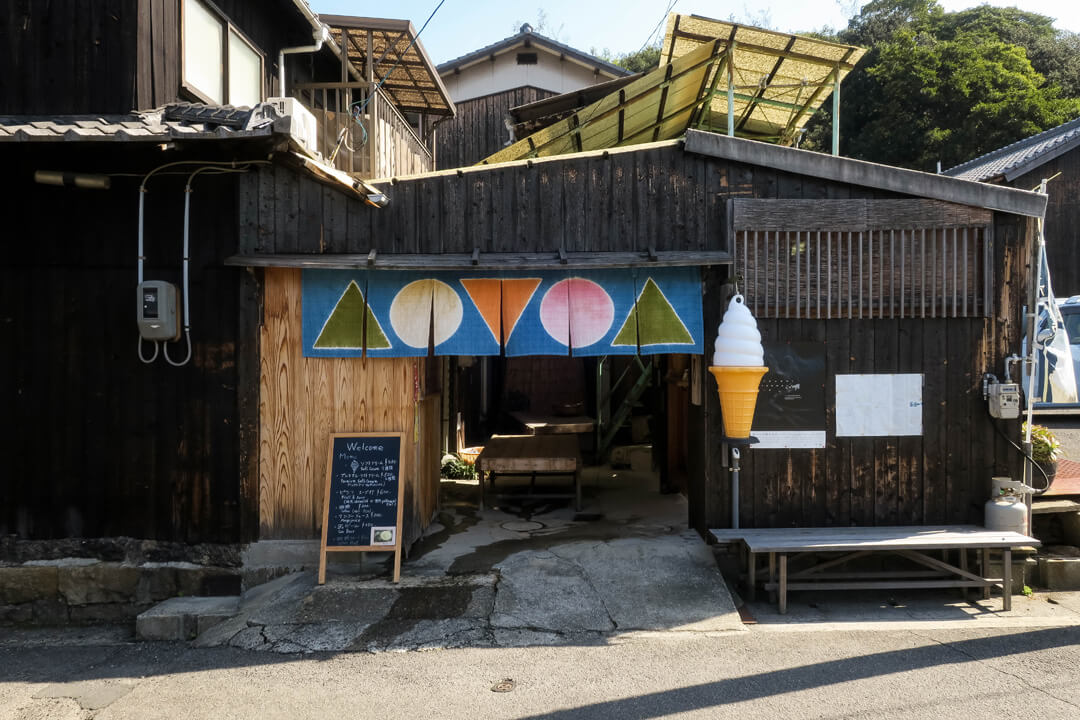
Other museums and exhibitions scattered about the Seto islands consist of existing structures that were repurposed (and often reimagined) into art installations to combine the themes of past and present that’s so prevalent in Japanese culture. If we only had more time during our visit, we would’ve also ferried to the tiny island of Inujima, famous for its copper refinery abandoned in 1919, then turned into a contemporary art and architectural piece, as a nod to Japan’s industrial heritage.

You can read up on other unique art-centric destinations here.
Hiroshima: my favourite underrated city
Next, we spent a few days in Hiroshima, where my wife lived on and off for several years. Like Hida, most of our time there was spent visiting people, but we also dedicated an entire day to exploring familiar old spots: the Hiroshima Peace Memorial Park (which, despite the volume of tourist traffic it gets, really lives up to the ‘peace’ in its name at nighttime) and the nearby island of Miyajima, where my wife and I first met. After that, we spent a day and a night in the beautiful countryside east of Hiroshima, reuniting with my wife’s sweet old neighbours.
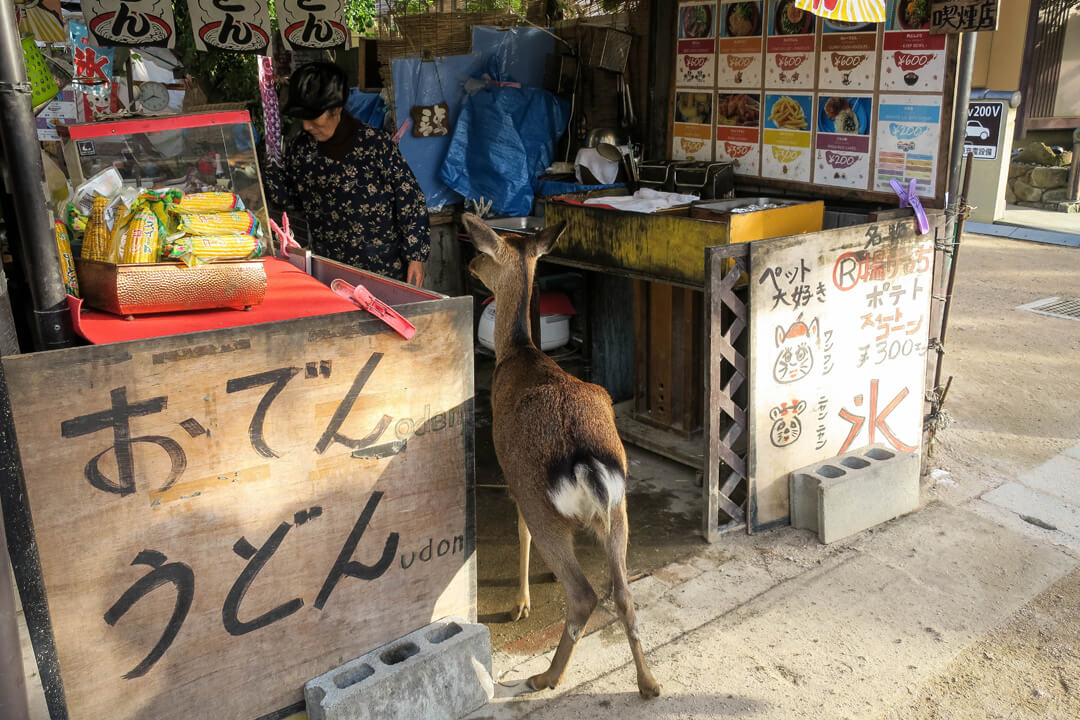
Japan’s southern island: a land of volcanoes & natural hot springs
After a few days, we headed all the way down to the southern tip of Japan to Kagoshima, on the island of Kyushu. We took a later train than originally planned, which caused a slight domino effect of anxiousness and scheduling compromises. In the end, we made it up the hill just right before sunset to experience a breathtaking view of the city below and Sakurajima, an active volcano right at the city’s doorstep—a sight my wife remarked was reminiscent of Pompeii.

Not 18 hours later, we headed back up north to Kurokawa, a remote onsen (natural hot spring) resort town in Kumamoto Prefecture. We stayed at a ryokan, a type of inn that allows visitors to indulge in high-end Japanese hospitality in a traditional setting—with details like futon beds, tatami floors, Japanese-style baths, and of course, kaiseki-ryori.

Kaiseki is a traditional multi-course meal akin to Western haute cuisine (Kyoto is well-known for its kaiseki establishments). Elements such as flavour, texture, appearance and even temperature are balanced together, creating a culinary experience that borders on art.
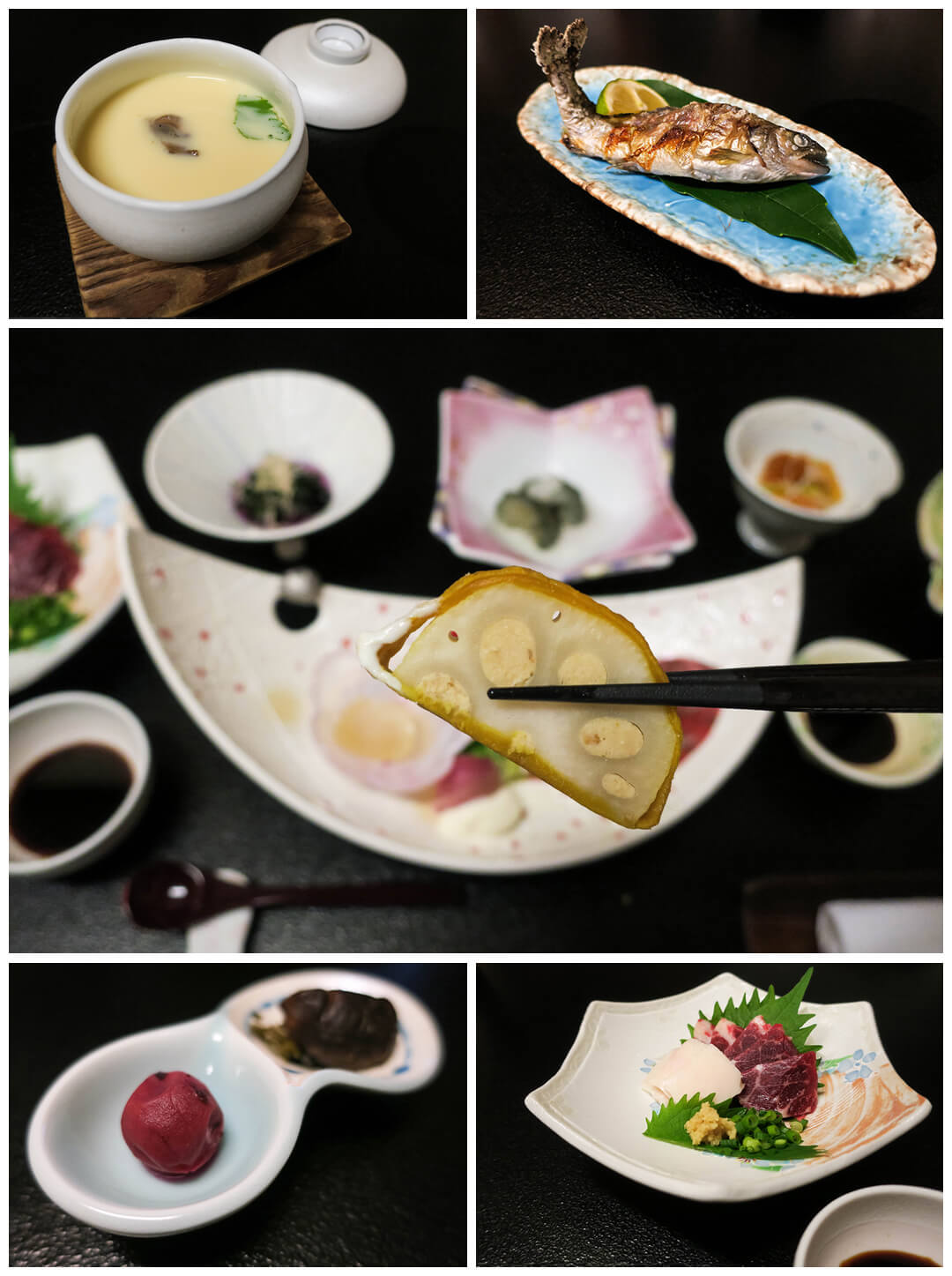
Read up on more travel tips for the fine dining foodie here.
While we were both reluctant to leave our ryokan, we headed up north to Fukuoka, which serves as a gateway to the island of Kyushu. Despite it being one of Japan’s 10 largest cities, everything about was big in scale yet felt spacious and well planned-out compared to the others.
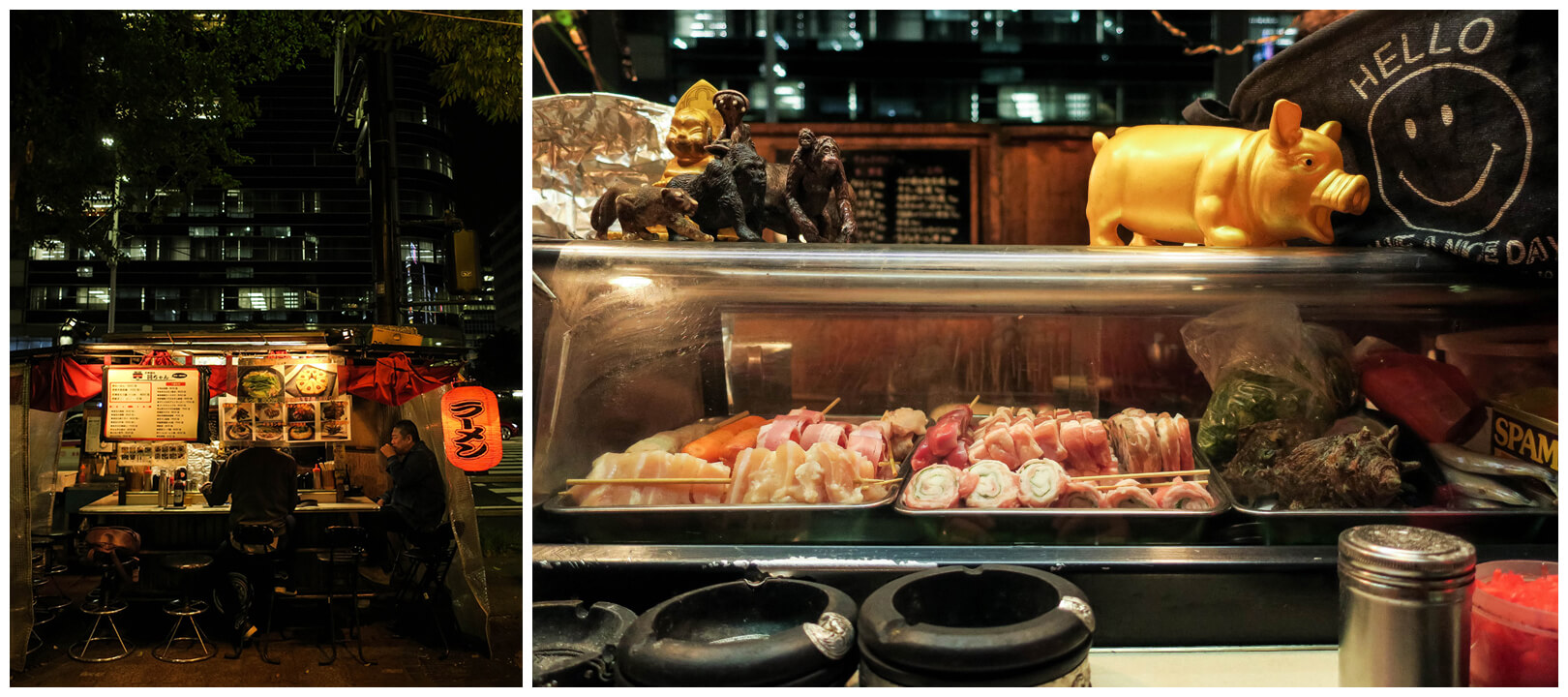
Next, we met up with family in Kyoto and Osaka. With so much to do and so little time in either city, not to mention so many of us in the group, I ended up doing very non-Kyoto and non-Osaka things instead.
For a more eventful take on these 2 destinations, you can read up on one of our blogger’s adventures in Kyoto and Osaka, as well as Tokyo, here.
All roads lead to Fuji
Finally, my wife and I headed to Fuji (the city, not to be confused with the famous mountain) in Shizuoka Prefecture. Because it would be our last stop before leaving Japan, we decided on a quieter place to wind down for a bit and enjoy a place for what it was, without a busy or exacting schedule to keep. I also thought something as iconic as Mt Fuji would mark a fitting end to our journey (although most travellers would consider using other bases on their pilgrimage to Mt Fuji, such as Fujinomiya), so we went in blind.

If anything, Fuji gave my wife and I the chance to “live like locals” again, at least, as much as we could for a day or two—and we weren’t disappointed. For the last time in a while, we were able to do 3 of my favourite things in Japan: exploring, eating (we couldn’t forget about late-night grocery shopping for discounted bento box meals), and simply being in a strange, yet familiar place.
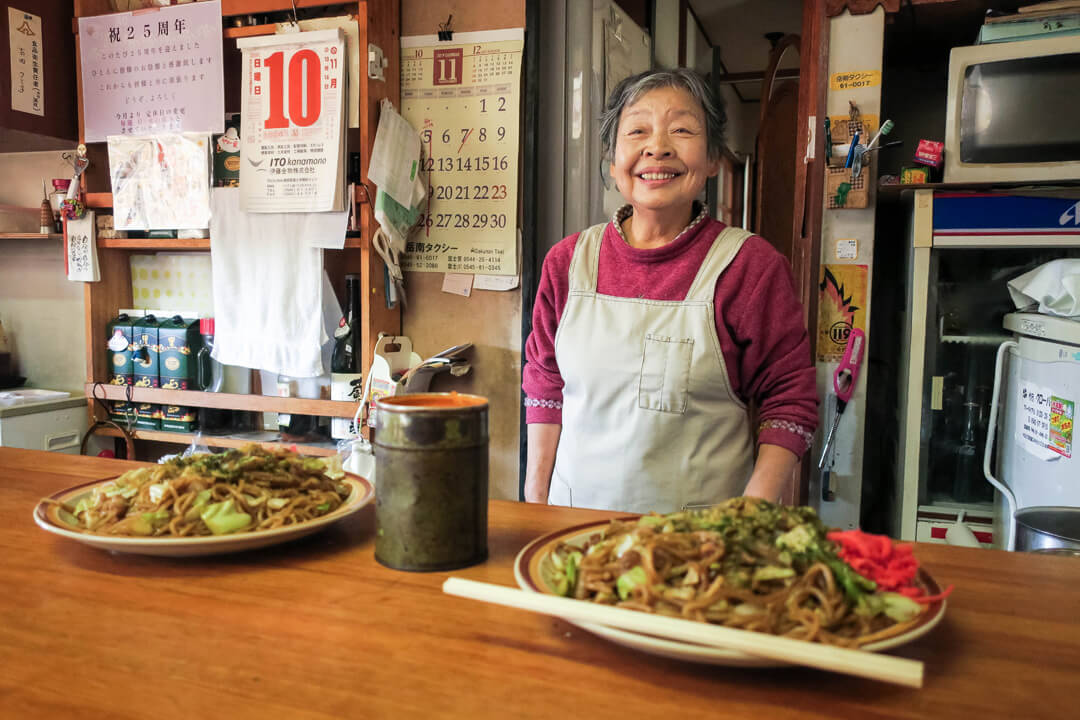
The Japanese have a specific word to describe the sense of nostalgia one feels when longing for or missing something, be it a person, place or a good memory, in the act of reminiscence—’natsukashii’. If I were to describe my recent trip to Japan in a word, I would choose this.
Justin
